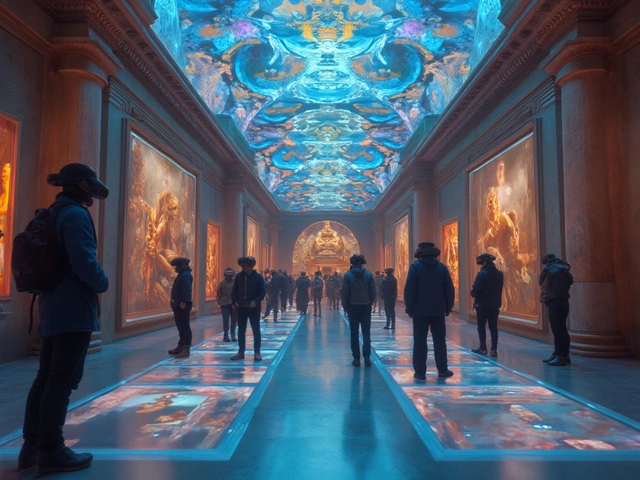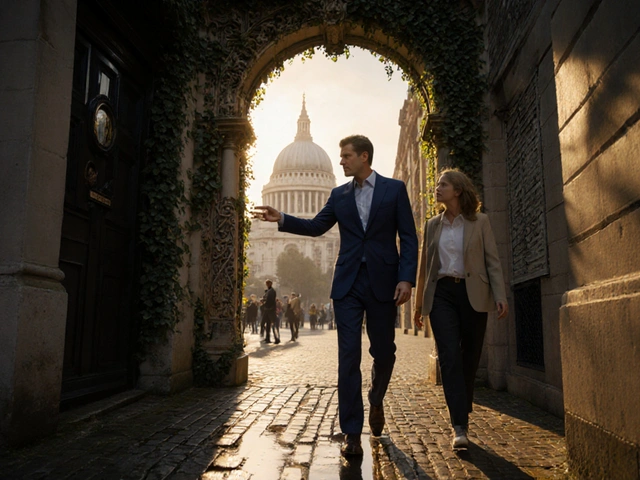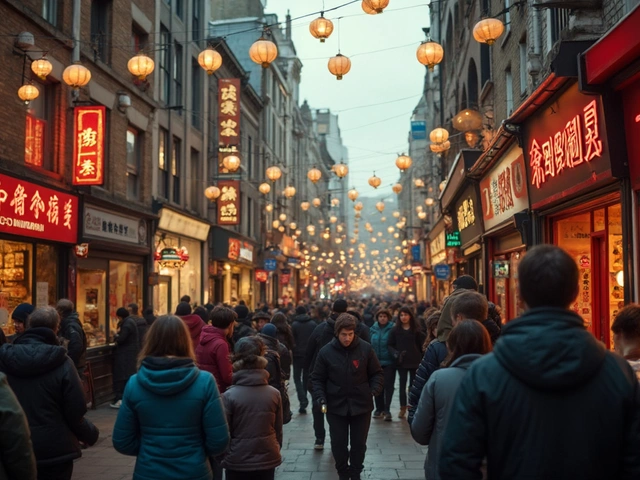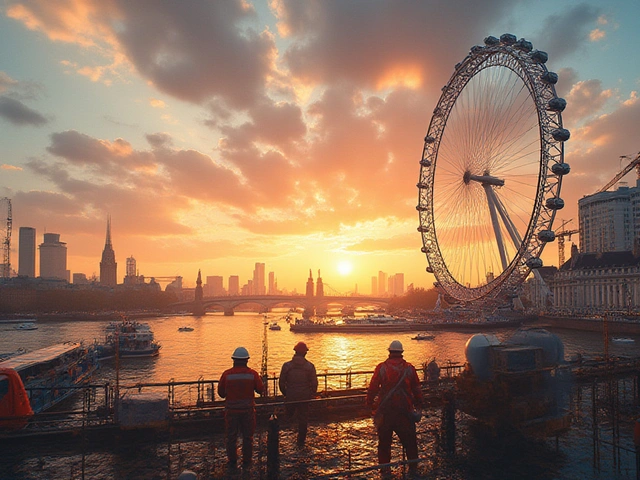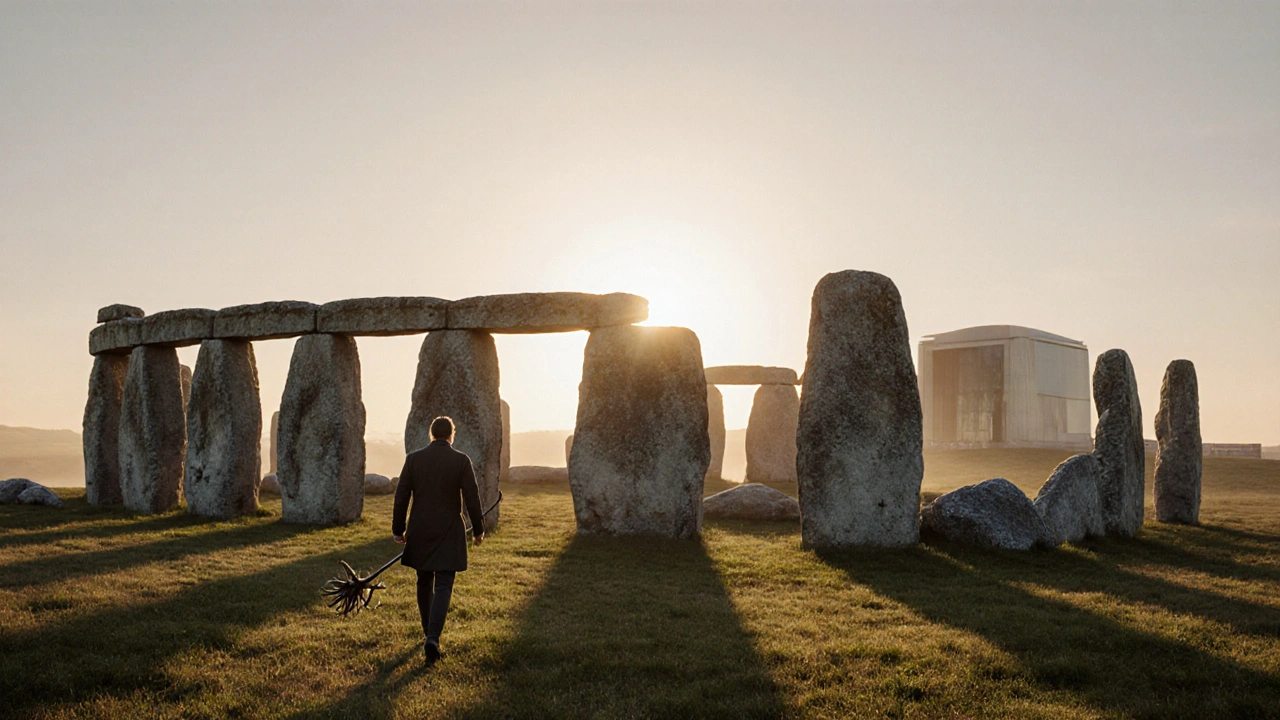
London’s fascination with the past isn’t just about royal palaces and Tube maps. Walk through the British Museum’s Great Court, past the Rosetta Stone and the Parthenon sculptures, and you’ll feel it-the pull of mysteries older than empire, deeper than memory. The city thrives on unanswered questions, and nowhere is that more true than in its appetite for the world’s most enigmatic historical sites. These aren’t just tourist spots; they’re puzzles carved into the earth, whispering secrets that even our most advanced tech can’t fully decode.
Stonehenge: The Original London Day Trip
Just a two-hour train ride from Waterloo, Stonehenge isn’t just a monument-it’s a riddle written in stone. Who moved those 25-ton bluestones from Wales, over 140 miles away, 5,000 years ago? How did they align them with the solstice sunrise with such precision, without metal tools or wheels? Locals from Salisbury and Wiltshire still gather there on midsummer morning, just as their ancestors did. The site’s new visitor centre, opened in 2013, replaced the old car park with a sleek, low-slung building that blends into the landscape. You can now walk the original avenue, touch reconstructed stones, and see the tools used by Neolithic builders-chipped flints, deer antler picks, and wooden sledges. But even with LiDAR scans and drone surveys, no one knows why they built it. Was it a temple? A calendar? A burial ground for elite families? The answer still hides in the soil.
Göbekli Tepe: Rewriting History from Turkey
Before Stonehenge, before the pyramids, there was Göbekli Tepe. This 11,600-year-old site in southeastern Turkey flips everything we thought we knew about human civilization. Archaeologists found massive T-shaped pillars carved with foxes, snakes, and birds, arranged in circles-older than agriculture, older than writing. This means hunter-gatherers built complex religious structures before they even farmed. Why? The theory? They gathered here to worship, and that ritual drove them to domesticate grains and settle down. It’s like finding a smartphone in a cave and realizing your ancestors had Wi-Fi. The site’s discovery in 1994 by German archaeologist Klaus Schmidt shook academia. Today, Turkish officials are racing to protect it from erosion and tourism. If you’ve ever wondered how culture began, Göbekli Tepe suggests it didn’t start with food-it started with faith.
Easter Island: The Moai That Watched the World End
On a tiny island 2,300 miles from Chile, nearly 900 stone heads stare inland. The Moai of Easter Island weren’t built to face the ocean-they faced their own villages, watching over ancestors. But here’s the twist: the islanders cut down every tree to move them. By 1700, the forests were gone. Soil eroded. Birds vanished. Famine followed. The statues stopped being carved. Society collapsed. It’s a haunting mirror to our own climate crisis. The Rapa Nui people didn’t destroy their home out of greed-they did it out of devotion. Today, UNESCO protects the site, and local guides still tell stories of the ‘living stones’-how the eyes, once carved from red scoria, were inserted with white coral and obsidian to bring the statues to life. You can’t visit without feeling the weight of silence.
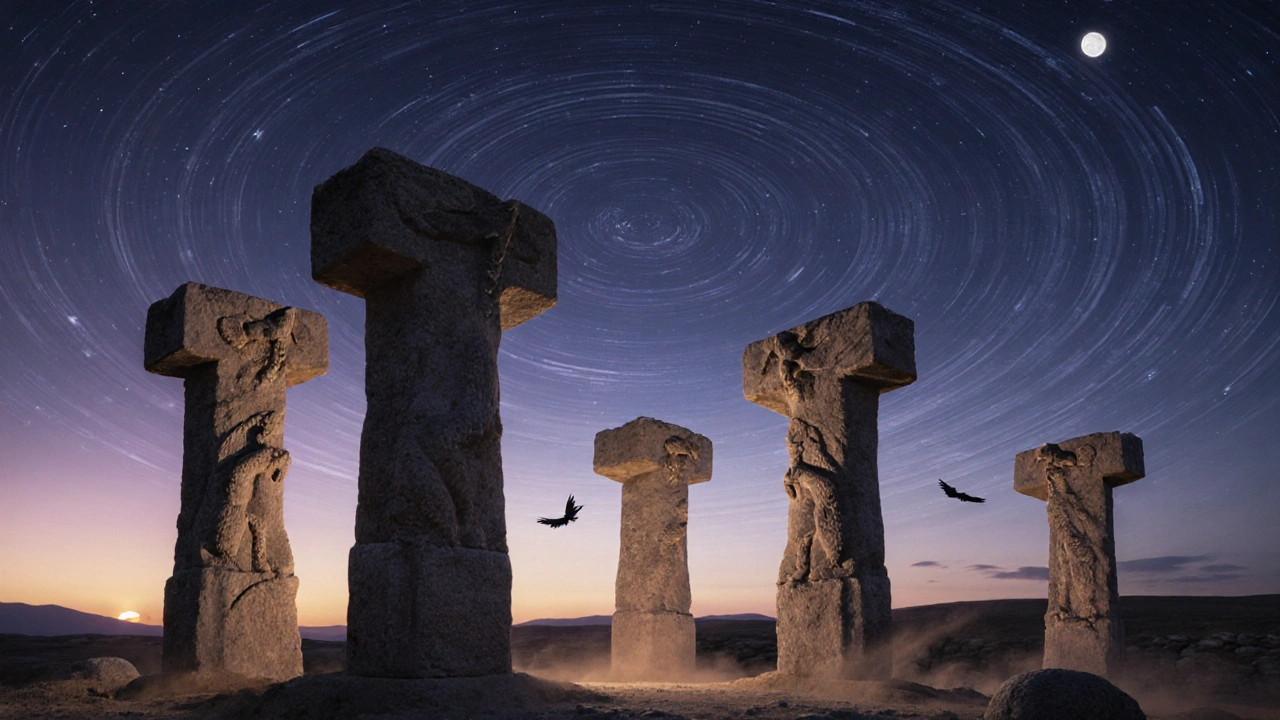
Nazca Lines: Drawings Only Gods Could See
On the dry plains of southern Peru, giant geoglyphs stretch for miles-spiders, monkeys, hummingbirds, and straight lines that run like runway markings for giants. Created between 500 BCE and 500 CE, these designs were only visible from the air. But planes didn’t exist then. So how? The Nazca people used simple geometry: ropes, stakes, and measured distances. They cleared the reddish surface rock to reveal the pale earth beneath. Some lines align with celestial events. Others point to underground water sources. But why make art only the gods could see? One theory: they were part of ritual processions, walking the lines to pray for rain. Another: they were offerings to sky spirits. Today, tourists fly over them in small Cessnas from Nazca’s tiny airport. But the real mystery isn’t how they made them-it’s why they felt the need to speak to the heavens in such a grand, silent way.
Machu Picchu: The City the Incas Hid
Perched on a mountain ridge above the Urubamba River, Machu Picchu looks like a dream. Stone terraces cling to cliffs. Temples face the rising sun. Fountains still flow with mountain spring water. But why here? Why build a city so remote, so hard to reach, in 1450? The Incas abandoned it just 100 years later, before the Spanish ever found it. For centuries, it was swallowed by jungle. American historian Hiram Bingham ‘rediscovered’ it in 1911, but locals had always known about it. Recent studies show it may have been a royal estate for Pachacuti, the emperor who expanded the empire. Others think it was a spiritual retreat, a place where priests communed with mountains they believed were gods. The precision of the stonework-blocks fitted without mortar, so tight not even a knife blade slips between-is unmatched. Even today, engineers marvel. The Incas didn’t use wheels or iron. Yet they built a city that survived earthquakes, rain, and time.
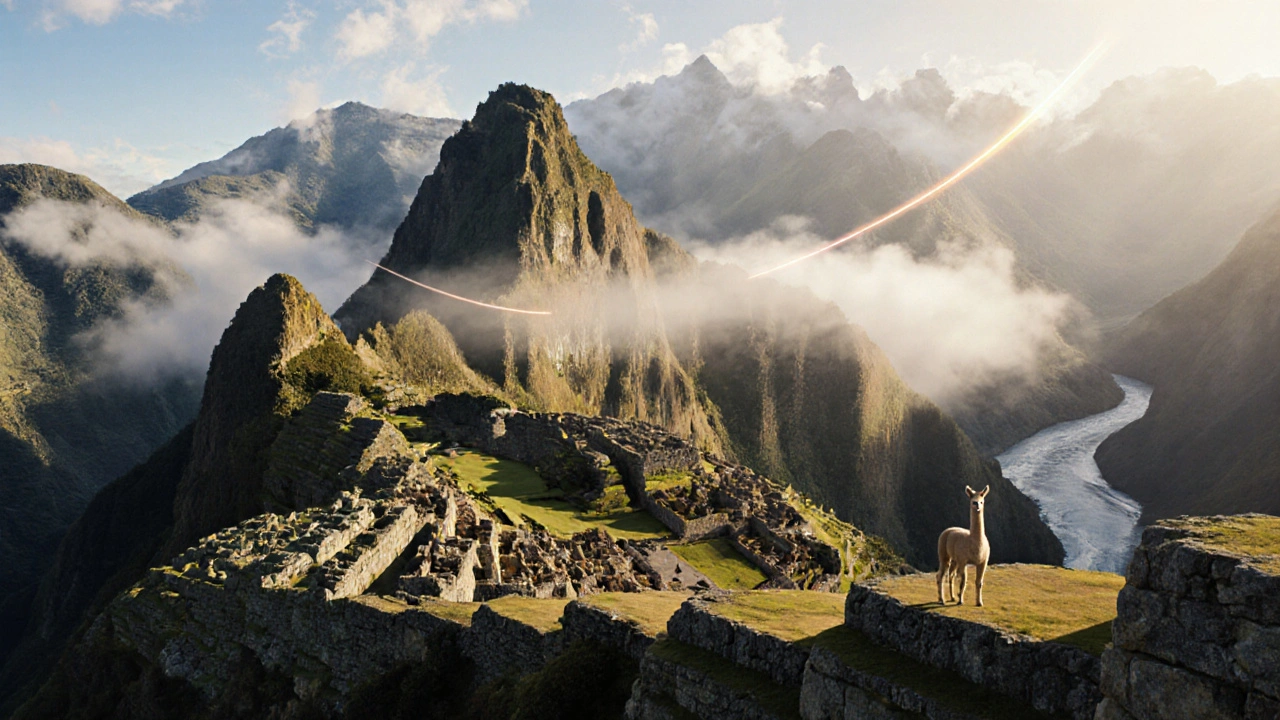
Why These Sites Matter to Londoners
Londoners don’t just visit these places-they carry them home. You’ll find Stonehenge-inspired patterns in the design of the Tate Modern’s new extension. The British Museum’s Living with Gods exhibit featured a replica of Göbekli Tepe’s central pillar. The National Geographic Society partnered with the Royal Geographical Society to host a lecture series on the Nazca Lines last year. Even the London Eye, with its slow, circular motion, feels like a modern-day solstice marker-offering a view that changes with the light, just like the ancient sites do.
These mysteries aren’t relics. They’re mirrors. They ask: What do we build when we don’t know why? What do we sacrifice for meaning? In a city where we queue for coffee at 7 a.m. and rush through the Tube at 8:30, these places remind us that some questions aren’t meant to be solved-they’re meant to be felt.
How to Explore These Sites-Even If You Can’t Fly
You don’t need a flight to Peru or Turkey to connect with these mysteries. In London, you can:
- Visit the British Museum and stand before the Easter Island Hoa Hakananai’a statue-the one taken in 1868, still holding its obsidian eyes.
- Watch the documentary Secrets of the Saqqara Tomb on Netflix, filmed near Cairo but echoing the same spiritual awe.
- Join the London Archaeological Society’s monthly talks-they often feature experts from Göbekli Tepe and Nazca.
- Walk the path from the Tower of London to Greenwich Park at sunrise. Notice how the light hits the buildings. That’s what the builders of Stonehenge were chasing.
- Read The Signal and the Noise by Nate Silver. It’s not about ancient sites-but it’s about how we mistake patterns for meaning. Just like the Nazca Lines.
These sites aren’t just faraway ruins. They’re part of London’s intellectual DNA. We study them, debate them, and in quiet moments, we wonder: if we vanished tomorrow, what would our own monuments say about us?
Why are these ancient sites still mysterious?
These sites are mysterious because they were built by cultures with no written records, using tools and knowledge we no longer understand. Without diaries, maps, or oral histories passed down, we’re left guessing based on stone, soil, and star alignments. Even with modern tech like LiDAR and DNA analysis, we can’t access the beliefs, rituals, or daily lives of the people who built them. Their intentions died with them.
Can I visit these sites without spending a fortune?
Yes. Stonehenge is accessible via train from London Waterloo to Salisbury (from £25 one-way), then a short bus ride. Göbekli Tepe’s entry fee is under £5, and you can fly to Şanlıurfa from Istanbul for under £100. Machu Picchu requires planning, but you can take the train from Cusco to Aguas Calientes for around £80. Many sites offer free entry on certain days or through local cultural passes. And in London, you can explore replicas and artifacts for free at the British Museum.
Are there any London-based exhibits on these sites?
Absolutely. The British Museum has permanent displays of the Easter Island Moai, Nazca pottery, and Inca textiles. The Wellcome Collection has hosted exhibits on ancient medicine and ritual, including Göbekli Tepe’s possible role in early healing practices. The Royal Academy of Arts ran a 2023 exhibit called Before Time, featuring scale models of all five sites. Check their current calendar-new exhibits appear every season.
What’s the biggest misconception about these sites?
That ancient people were primitive. The truth? They were brilliant engineers, astronomers, and artists working with the tools they had. Stonehenge’s acoustic properties were likely intentional-sound travels strangely inside the circle. Göbekli Tepe’s carvings show animal behavior with surgical detail. The Nazca lines required surveying skills rivaling modern surveyors. These weren’t simple tribes. They were complex societies whose knowledge we’re only beginning to understand.
Why do people still care about these places today?
Because they remind us we’re not the first civilization to ask big questions. Why are we here? What comes after? How do we leave something lasting? In a world of apps and algorithms, these sites feel real-raw, silent, and stubbornly unexplained. They offer a kind of peace. Not because they give answers, but because they refuse to pretend they have them.

